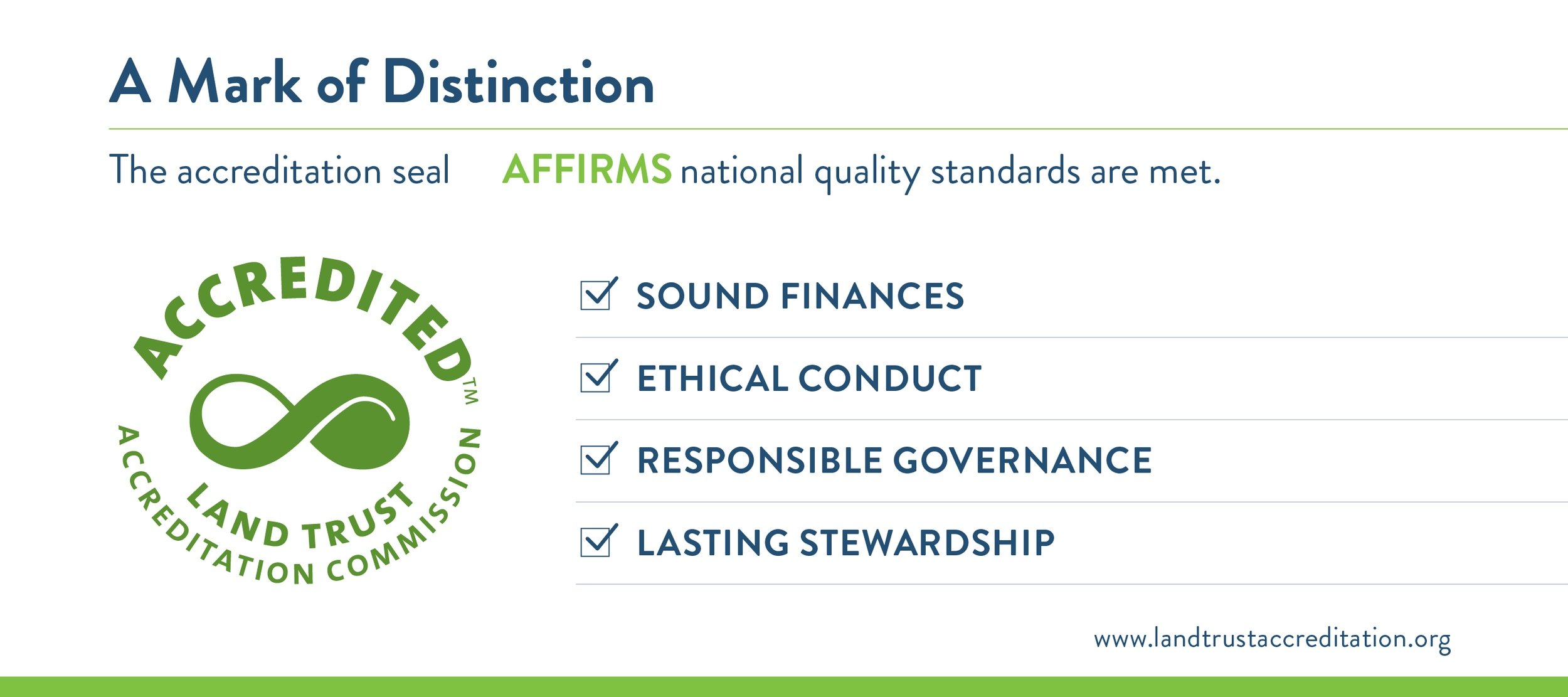3 Things To Do This Month: January
The new year offers a new chance to give our land the best we can. Here are three things you should be doing on your property and in your community this month:
1. Plan your springtime tree plantings.
It’ll be a couple of months before our preferred tree-planting time, but this is a great time to decide what trees you need and where to place them. Get together your nursery orders, too. If you wait until planting time to secure your saplings, you may find your first picks are no longer available.
2. Mulch trees that are getting established.
Whether in your home landscape or in a small-scale natural area, trees benefit from mulching for several reasons, especially when they’re establishing their root systems in the first few years after planting. Mulch helps to maintain soil moisture and temperature, reduces competition from grasses and weeds, and creates habitat for earthworms and other organisms that benefit soil structure. In Kentucky, we see significant temperature fluctuations in winter ranging from above to below freezing, and mulch helps protect roots from sudden temperature changes.
Use care to not mulch up against the trunk of the tree, as you’ll trap moisture there and invite pests, diseases and decay. Additionally, “deep mulch close to the trunk can reduce oxygen availability to the roots, which is essential for respiration. Especially if using a fine mulch or a coarse mulch that will break down into finer material,” says WWLT Executive Director Jody Thompson.
For young trees, spread 3-4 inches of mulch evenly around the tree and up to a couple of feet from the trunk. Avoid piling the mulch deepest next to the trunk.
Natural materials are the best choice for mulch. Reach for coarse wood chips, straw or shredded leaves instead of chipped rubber.
3. Identify and protect your ephemeral pools.
Winter is often wet. This makes it a good time to find your property’s ephemeral pools, which are winter breeding sites for many amphibians. (See photo of eggs in an ephemeral pool, above.)
Ephemeral pools are simply pools that hold water temporarily and more so during the wetter parts of the year. They may be as small as a puddle or much larger.
“If they hold water for a few weeks at a time, these are important spots to protect,” says WWLT Executive Director Jody Thompson. “They're often made inadvertently by human activity, so they can be nearly anywhere on your property. This is especially true for ruts and low spots on unpaved roads that get little use in the winter or old ponds that hold little to no water during the warmer months.”
You should be able to spot ephemeral pools in the next few weeks.


